Marking Up For Cheek Filler: Best Practices, Explained
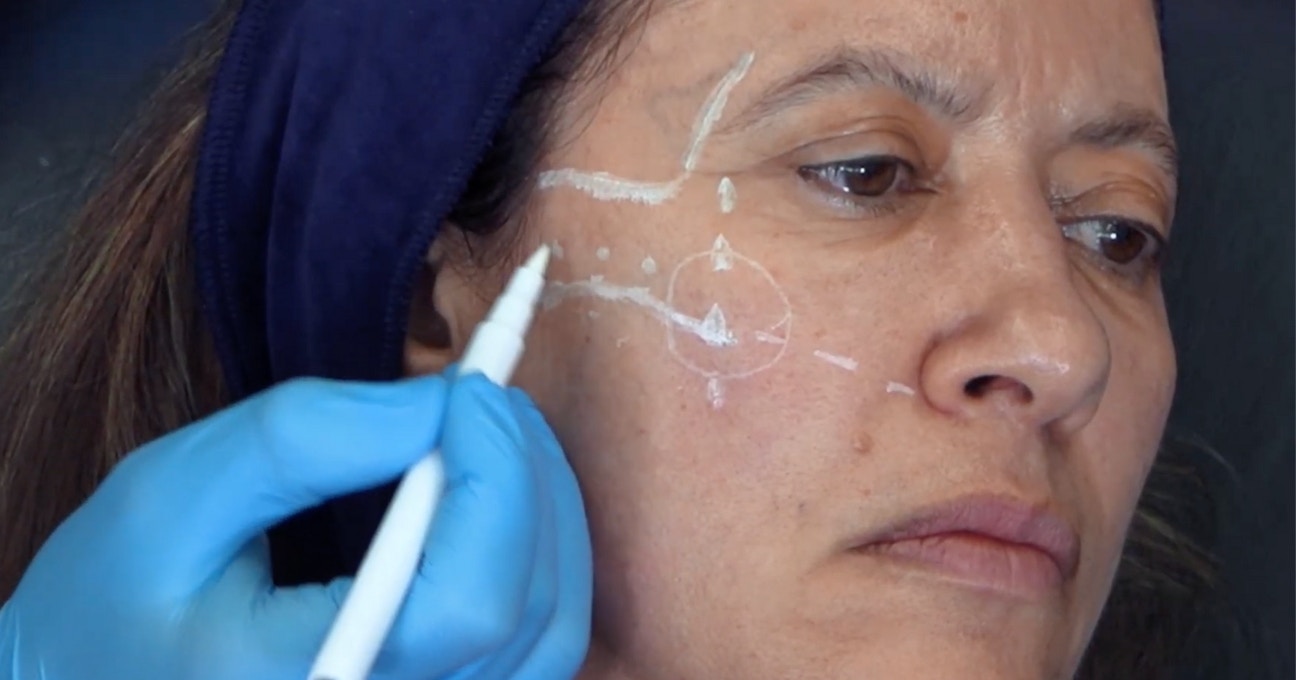
It may seem basic, but marking up for cheek filler is a skill every novice aesthetic practitioner needs to master for optimal mid-face results.
We talk a lot about injection techniques, but before you get to the injecting stage, it's vital to map out your treatment. Learning how to do this properly will set you up nicely for successful treatment outcomes.
Former dentist, Dr Jess Chohan is an experienced cosmetic doctor with her own practice. She’s also a Level 7 graduate and senior clinical trainer at Harley Academy.
We spoke to her about your most frequently asked questions on marking up for cheek filler...
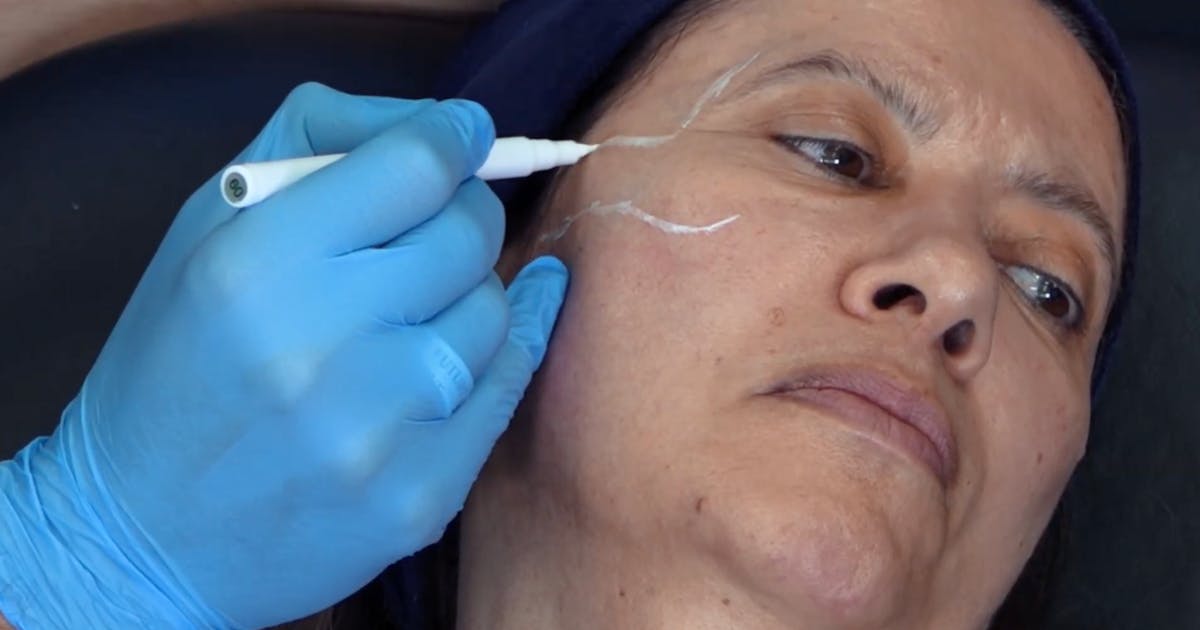
KEY CONSIDERATIONS FOR CHEEK FILLER PATIENT ASSESSMENTS
Age
“We know that ageing begins in the mid-face with loss of bony support and atrophy of most fat pads, albeit we experience hypertrophy of the jowl and nasolabial fat,” Dr Jess reminds us.
“Furthermore, we also know that from our late 20s we get a decline in collagen production and skin experiences a loss of elasticity.”
“Given this, we have to assess all layers of the skin when a patient presents with concerns regarding volume loss or when wanting to enhance the cheeks.”
She notes, “Generally, cheeks need assessing and treating in multiple areas to replace volume and give support. For example, in the zygoma, pre auricular, deep medial cheek and medial SOOF .”
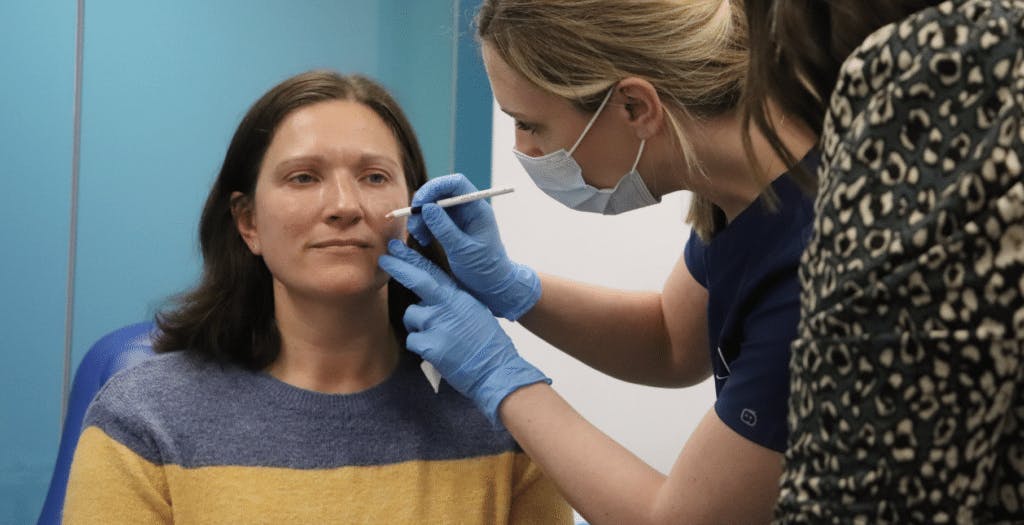
Gender
“Females tend to have higher, more contoured cheekbones and fuller deep medial cheeks than males,” says Dr Jess. “We tend to see flatter mid-faces on males and it’s important not to over-feminise or over-volumise these patients,” she explains.
When treating gender neutral aesthetics patients or those who wish to have a non-gender normative or degendered appearance, it is vital to confirm their goals.
Ensure you conduct a thorough, in-person clinical consultation to discuss these. You can then work together to devise a treatment plan that meets their expectations and you are both comfortable with.
Ethnicity
“There are huge variations between different ethnicities when it comes to facial appearance,” Dr Jess points out. “These need to be assessed on an individual level and treated appropriately.”
She continues, “For example, East Asian patients have a naturally flatter deep medial cheek, often combined with full, sculpted cheekbones. Therefore, it would be inappropriate to assume or create volume in the deep medial cheek in the same way you might for Caucasian patients.”
Knowing how to properly assess patients of different races, with an innate understanding of the proportional differences between ethnicities can really mark you out as an aesthetics specialist.
Whilst you are learning, try to treat as many different patient types as possible under the guidance of your mentor. Explore treating patients of various ages, genders, races and those seeking beautification as well as anti-ageing solutions. Each has their own unique quirks that your mentor can guide and support you through, answering any questions you may have.
Building this wide range of patients into your mentoring cases allows you to become more confident in treating a broad client base before you start practising unsupervised.
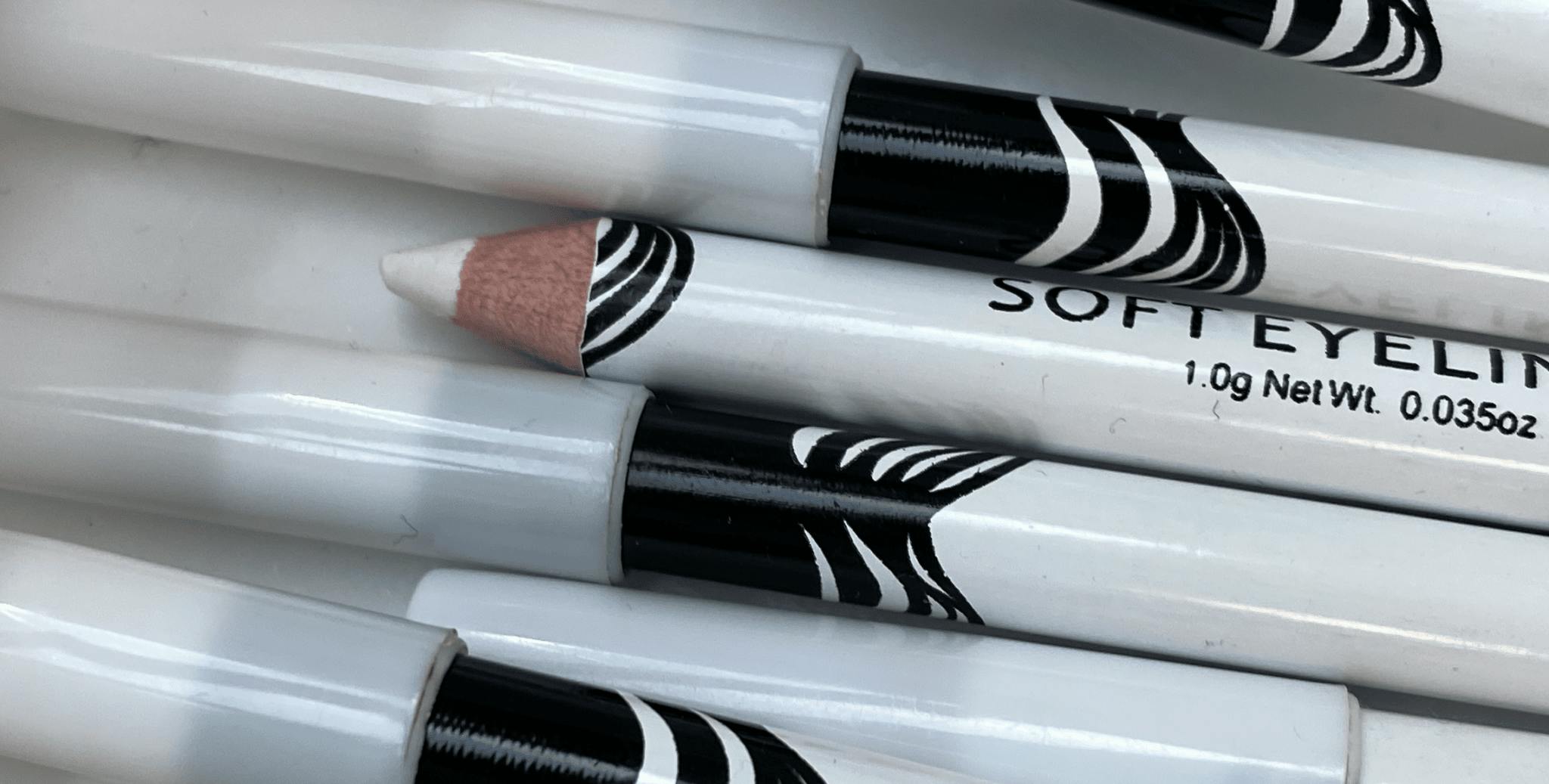
WHITE PENCILS FOR MARKING UP
We are frequently asked what the white pencil used to mark up injectables patients with is and where to buy them. “You don’t need anything too complex here,” advises Dr Jess. “It can be a white eyeliner! I buy mine from the pharmacy but some filler companies actually give you white pencils when you start using their brand.”
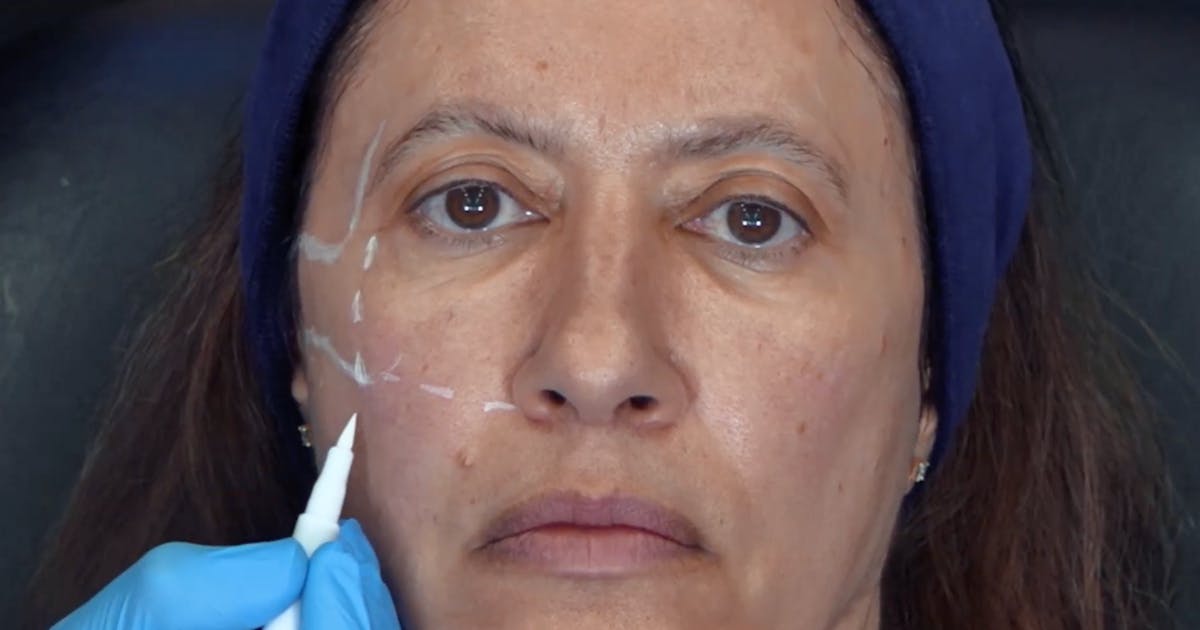
HOW TO MARK UP
Lateral cheek filler
“Find the lower border of the zygoma, then find the upper border,” explains Dr Jess. “Draw horizontal lines on the cheek to demarcate these landmarks.”
“The next thing to do is draw on your standard 3 points. These should be 5-10mm apart and it’s important that they don’t impinge on the orbital rim,” she warns. “This can create an unnatural fullness in this area and lead to excess oedema forming due to the hydrophilic nature of the fillers.”
Anterior (apex) cheek filler
“There are many different ways to mark up the apex; at Harley Academy we teach you to start with a line from the lateral canthus down to the oral commissure,” says Dr Jess.
“The next line to draw on is one from the ala of the nose to the tragus of the ear. The point at which these two lines intersect is your apex of the cheek. Again, this shouldn’t be too close to the eye and it should be more inferior than your lateral cheek points.”
Marking up for cheek filler is covered on the GEM app
Marking up is covered in detail on the Global Evidence Matrix app - GEM by Harley Academy. This exciting tool is available via an annual subscription service which we talk about a little further on in this article...
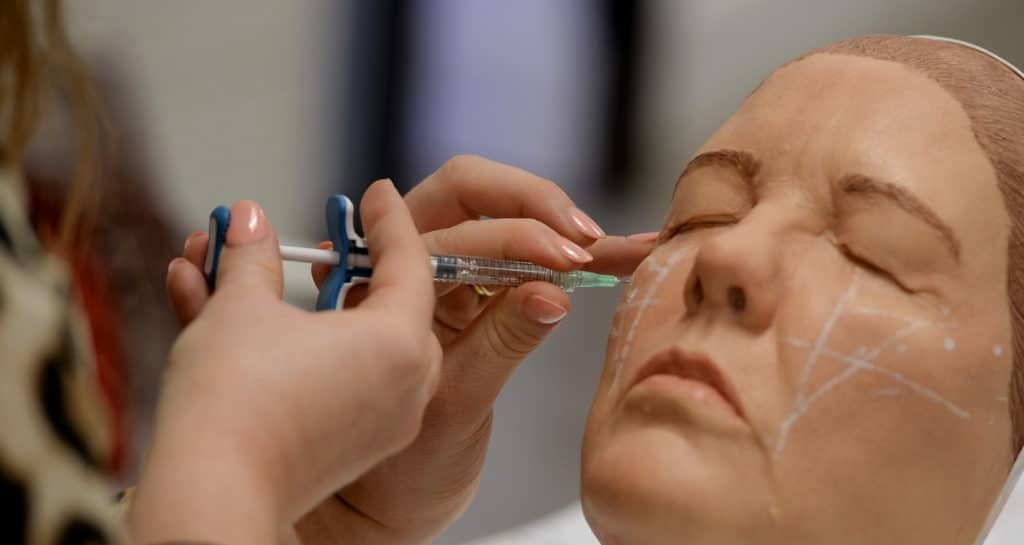
CHEEK FILLER FOR HEALTHCARE PROFESSIONALS
Whether you’re a beginner or a more experienced aesthetics practitioner, we have cheek filler training options available. These are open to doctors, dentists, nurses and midwives.
Starting out
Our entry level training sets you up in the fundamentals of aesthetic medicine as a healthcare professional. These certified aesthetics courses also allow you to obtain the insurance you need to start practising injectables.
The pathways listed below are suitable for healthcare professionals who are complete novices when it comes to aesthetic medicine. These should be seen as the starting point for your aesthetics education and both cover the basics of cheek filler treatments.
Once you've successfully completed this level of injectables training – with us or elsewhere – and are licensed to practise aesthetic medicine, you can progress to more in-depth, hands-on learning.
All our filler courses are taught using GEM principles - that's the Global Evidence Matrix. Created by Dr Tristan Mehta - Harley Academy Founder and innovator of the Level 7 qualification in injectables - this framework ensures the most up-to-date, evidence-based education, tailored to your experience level as an aesthetic practitioner.
You can find out more about GEM and how this incredible resource is changing the game and offering reassurance to healthcare professionals who want to ensure they're practising medical aesthetics as safely as possible, using the most current techniques supported by scientific data.
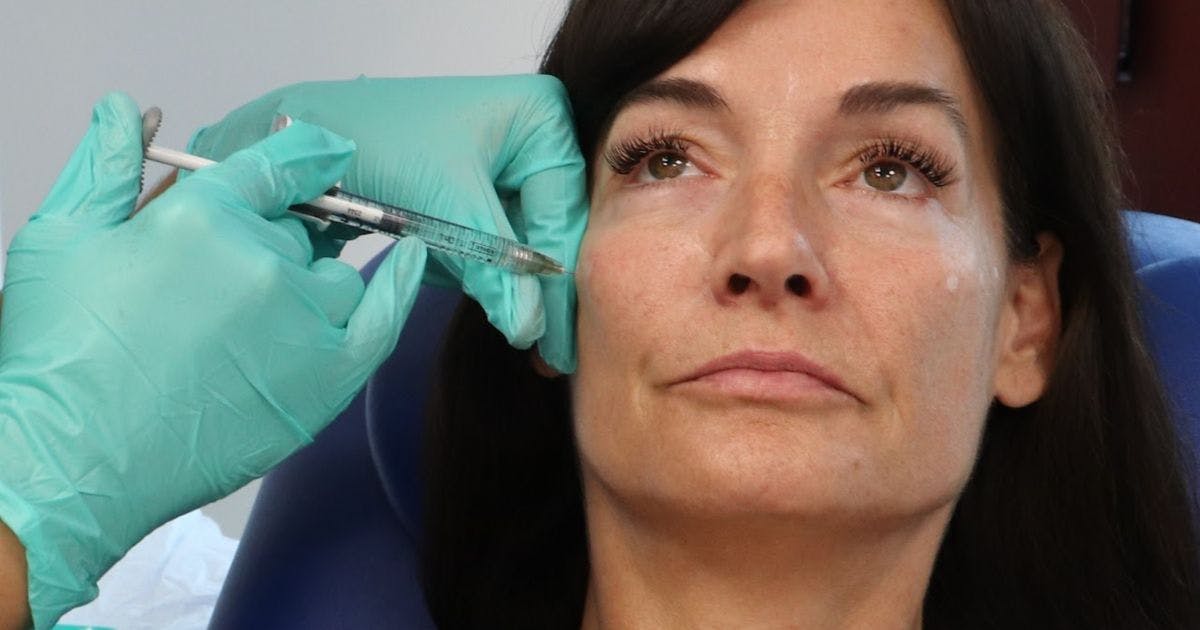
LEVEL 7 DIPLOMA COURSES
Our industry-leading postgraduate qualification, the Level 7 Diploma in Cosmetic Injectables, is available for beginners and intermediate practitioners.
This combines an engaging mix of self-paced, user-friendly eLearning with observed treatment demonstrations and one-on-one mentoring as you treat your own patients. Designed to prepare you for safe and effective, real world clinical practice, this Ofqual-regulated filler and botox course is also backed by the Joint Council of Cosmetic Practitioners (JCCP).
Not only will your Level 7 training allow you to fully immerse yourself in the anatomy, skin and facial ageing involved in mid-face treatments, such as cheek filler. It also builds your confidence as an injector through expert mentored learning as you treat patients in a real clinic environment.
The Level 7 Diploma qualification can be combined with our Cosmetic Dermatology course for a holistic approach to aesthetics. This botox and filler course is known as the Level 7+.
Furthermore, for experienced cosmetic injectors looking to formalise their aesthetics training ahead of the UK’s anticipated regulatory requirements, a Fast Track Level 7 Diploma course is also available.
As an additional benefit, all Harley Academy trainees taking our Level 7 injectables courses receive a FREE 12 month subscription to our GEM app.
Need help?
If you’re unsure which course options are right for you, simply book a call with our Courses team. They’re always happy to answer your questions and guide you through the options that best suit your goals. Whichever pathway you choose, we look forward to welcoming you and helping you to become #HarleyTrained soon!
All information correct at the time of publication
Download our full prospectus
Browse all our injectables, dermal fillers and cosmetic dermatology courses in one document
By submitting this form, you agree to receive marketing about our products, events, promotions and exclusive content. Consent is not a condition of purchase, and no purchase is necessary. Message frequency varies. View our Privacy Policy and Terms & Conditions
Attend our FREE open evening
If you're not sure which course is right for you, let us help
Join us online or in-person at our free open evening to learn more
Our Partners













STAY INFORMED
Sign up to receive industry news, careers advice, special offers and information on Harley Academy courses and services

